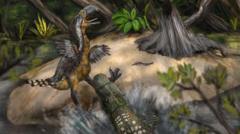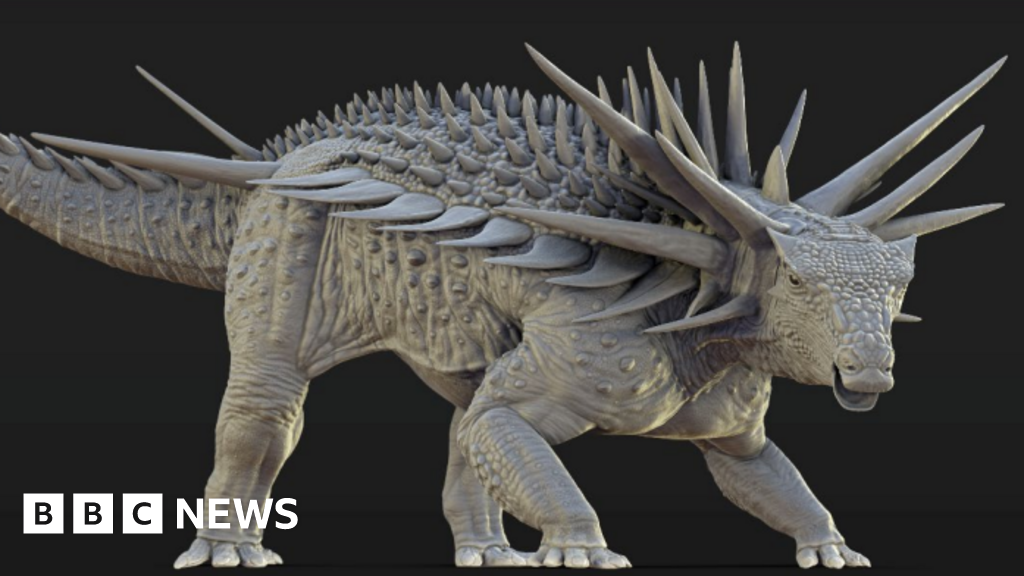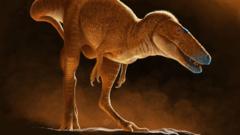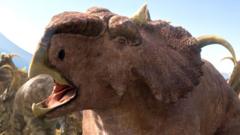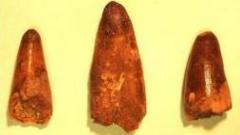The teeth marks on the leg bone of the terror bird, a top predator, have sparked new insights into its fight for survival against a giant caiman. Discovered in Colombia's Tatacoa Desert, this fossil evidence suggests a fierce battle took place 13 million years ago, possibly leading to the bird's death. Palaeontologists employed 3D digital scans to compare the bite marks with those of extinct crocodilians, specifically aligning them with Purussaurus neivensis, a predator potentially measuring up to five meters long.
The fossilized bone had been unearthed over 15 years ago, but it wasn't until recent studies that the implications of the bite marks were thoroughly examined. Lead researcher Andres Link from Universidad de Los Andes emphasized the significance of this discovery, noting the lack of healing in the marks, which indicates that the terror bird either succumbed during the attack or was scavenged afterwards.
This bone discovery enriches our understanding of the past, revealing the complexities of the ancient Colombian ecosystem, where fierce competition existed among apex predators. The collaboration with local fossil collector César Augusto Perdomo, who first found the bone, has led to a deeper exploration of the fossil-rich area, which served as a humid swamp during the Middle Miocene, allowing for exceptional preservation of ancient life.
According to Dr. Link, the insights gained from this single bone highlight the interconnectedness of ancient life and emphasize the ongoing significance of paleontological research in understanding evolutionary history and ecosystem dynamics.
The fossilized bone had been unearthed over 15 years ago, but it wasn't until recent studies that the implications of the bite marks were thoroughly examined. Lead researcher Andres Link from Universidad de Los Andes emphasized the significance of this discovery, noting the lack of healing in the marks, which indicates that the terror bird either succumbed during the attack or was scavenged afterwards.
This bone discovery enriches our understanding of the past, revealing the complexities of the ancient Colombian ecosystem, where fierce competition existed among apex predators. The collaboration with local fossil collector César Augusto Perdomo, who first found the bone, has led to a deeper exploration of the fossil-rich area, which served as a humid swamp during the Middle Miocene, allowing for exceptional preservation of ancient life.
According to Dr. Link, the insights gained from this single bone highlight the interconnectedness of ancient life and emphasize the ongoing significance of paleontological research in understanding evolutionary history and ecosystem dynamics.

